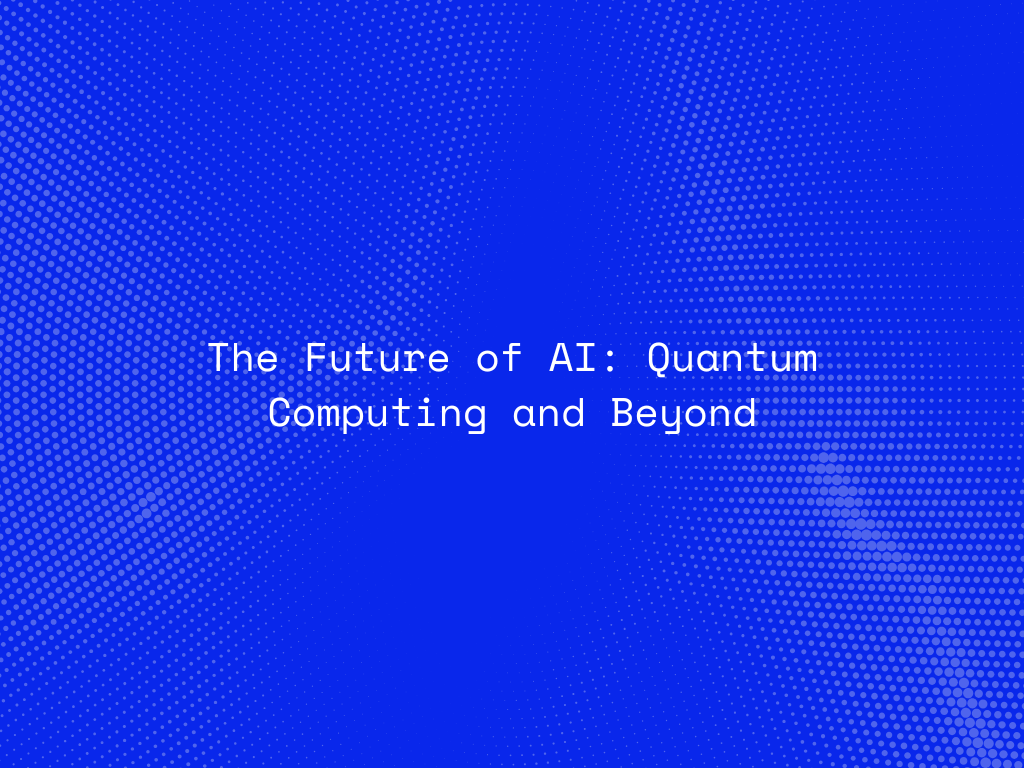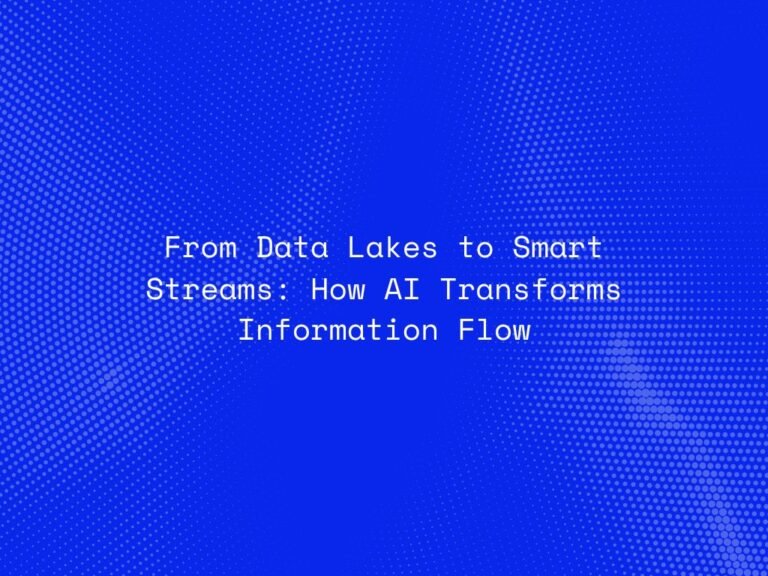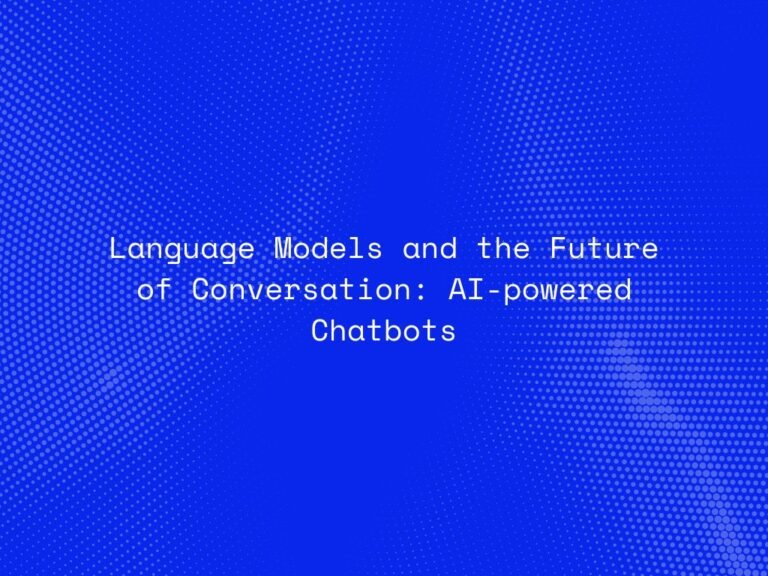Artificial intelligence (AI) is advancing at an unprecedented pace, reshaping industries, enhancing decision-making, and transforming how we live and work. But as traditional computing technologies approach their limits, the question arises: what’s next for AI? The answer may lie in the convergence of AI and quantum computing, a revolutionary field that promises to propel AI into uncharted territories.
In this blog, we’ll explore how quantum computing is poised to redefine AI capabilities, the challenges it aims to overcome, and what lies beyond this technological frontier.
The Limitations of Traditional AI Computing
AI models today, powered by classical computing, have achieved remarkable milestones. However, they are not without constraints:
- Data Processing Bottlenecks: Training large AI models like GPT-4 requires immense computational power and time.
- Complex Problem Solving: Classical computers struggle with optimization problems and multidimensional data analysis.
- Energy Consumption: AI training processes demand high energy, raising sustainability concerns.
Quantum computing, with its unparalleled processing power, offers solutions to these challenges, unlocking new possibilities for AI development.
How Quantum Computing Works
Quantum computing operates on principles of quantum mechanics, leveraging qubits instead of classical bits. Unlike bits, which represent data as 0s or 1s, qubits can exist in multiple states simultaneously (a property known as superposition).
This enables quantum computers to:
- Process Complex Data Simultaneously: Solve problems faster by evaluating multiple solutions at once.
- Leverage Entanglement: Allow qubits to be interconnected, ensuring changes to one qubit instantly affect its pair, enabling advanced computations.
Quantum Computing’s Impact on AI
The integration of quantum computing into AI is set to revolutionize the field in several ways:
1. Accelerated Training of AI Models
Quantum computers can handle vast datasets and optimize algorithms at unprecedented speeds, reducing the time required to train AI models from weeks to hours.
Example: AI models used in drug discovery or material science can analyze millions of molecular interactions faster, accelerating innovation.
2. Solving Optimization Problems
AI often encounters optimization challenges, such as route planning, resource allocation, or neural network tuning. Quantum computing’s ability to process numerous combinations simultaneously makes it a game-changer for such tasks.
Example: Logistics companies can optimize delivery routes more efficiently, saving costs and reducing emissions.
3. Enhanced AI Accuracy
Quantum-enhanced machine learning algorithms can provide more precise predictions by analyzing complex patterns in data that classical systems struggle to interpret.
Example: In healthcare, quantum-powered AI can analyze genomic data for personalized treatments with higher accuracy.
4. Tackling Previously Intractable Problems
Quantum computing allows AI to address challenges deemed impossible for classical systems, such as simulating quantum systems or solving intricate cryptographic puzzles.
Example: AI-powered financial models can predict market trends with improved accuracy, assisting in risk management and investment strategies.

Beyond Quantum: The Next Frontier for AI
While quantum computing represents a significant leap, the future of AI extends beyond it. Emerging technologies and approaches will further enhance AI’s potential:
1. Neuromorphic Computing
Inspired by the human brain, neuromorphic computing uses specialized hardware to mimic neural structures, enabling more energy-efficient and intelligent AI systems.
Potential Impact:
- Real-time decision-making in autonomous vehicles.
- Advanced robotics with human-like cognitive capabilities.
2. AI-driven Biotechnology
AI combined with advanced molecular simulations can revolutionize biotechnology, aiding in drug design, genetic editing, and agricultural innovation.
Example: CRISPR-based gene editing guided by AI for precision targeting.
3. Generalized AI Systems (AGI)
While today’s AI is domain-specific, the future points toward the development of Artificial General Intelligence (AGI)—systems capable of performing any intellectual task a human can do.
Challenges for AGI:
- Ethical considerations.
- Ensuring alignment with human values.
4. Fusion with Blockchain Technology
The integration of AI with blockchain can enable secure, decentralized, and transparent decision-making systems.
Example: AI-driven smart contracts for fraud detection and secure digital transactions.
Challenges on the Horizon
The path to integrating quantum computing and other advanced technologies with AI isn’t without obstacles:
- High Costs: Developing and maintaining quantum computing systems is expensive.
- Technical Expertise: A steep learning curve limits widespread adoption.
- Data Privacy: As AI becomes more powerful, safeguarding sensitive data remains a critical concern.
- Ethical Considerations: Ensuring AI technologies serve humanity responsibly is paramount.
The Future Vision: AI and Quantum in Harmony
The synergy between quantum computing and AI has the potential to solve some of humanity’s most pressing problems, from combating climate change to eradicating diseases. As these technologies mature, they will enable:
- Unprecedented Scientific Discoveries: Revolutionizing fields like astronomy, physics, and biology.
- Sustainable Innovation: Reducing energy consumption in AI training.
- Global Accessibility: Empowering nations and communities with equitable access to cutting-edge solutions.
Conclusion
The future of AI lies at the intersection of quantum computing and emerging technologies. Together, they promise a paradigm shift in how we solve problems, innovate, and interact with the world around us.
While challenges remain, the progress made in recent years is a testament to human ingenuity and the potential of these transformative technologies. For businesses, researchers, and governments, now is the time to invest in and shape the future of AI—a future where quantum computing is just the beginning.




